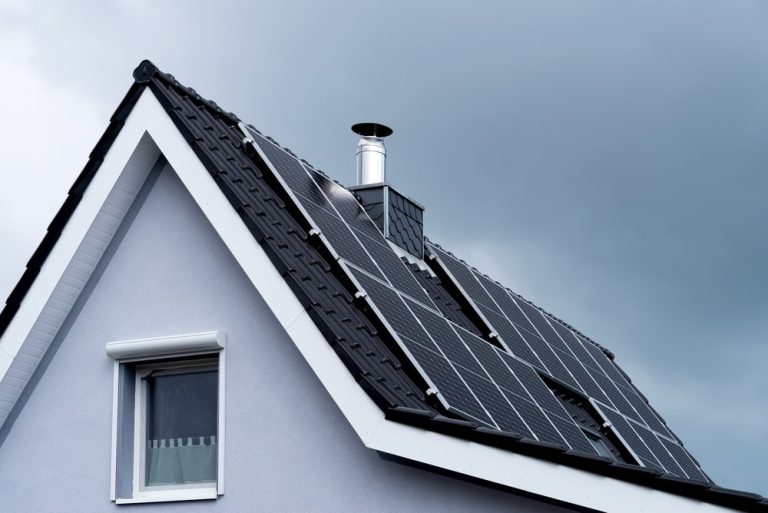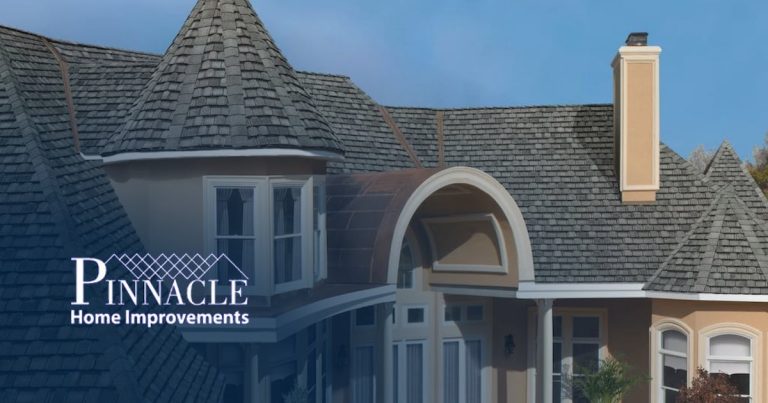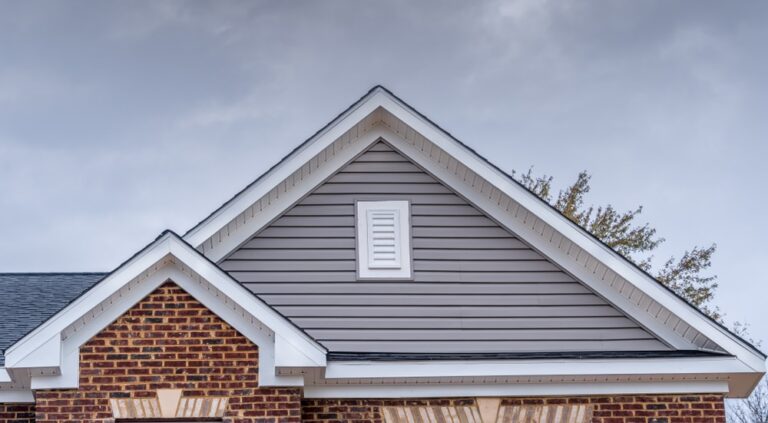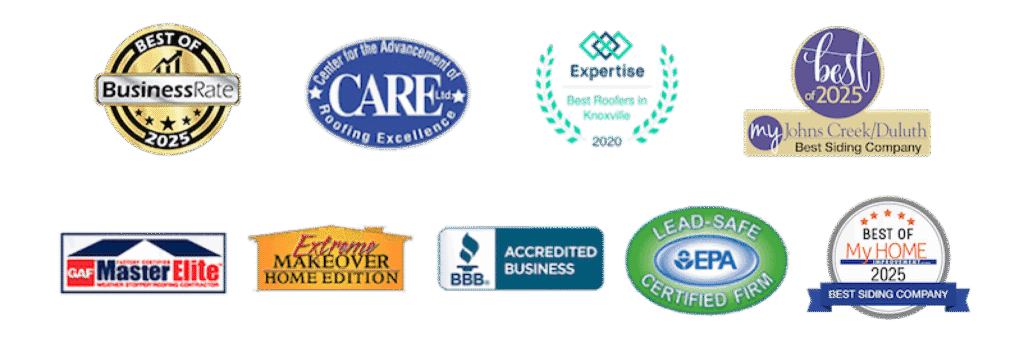When it comes to protecting a home, the roof plays a crucial role. It shields the interior from the elements and contributes significantly to the overall structure’s durability and value. Insurance companies often require a roof inspection to determine the extent of coverage and to identify any necessary repairs. A thorough roof inspection by a professional can uncover potential issues that may otherwise go unnoticed until they become costly problems.
Preparing for a roof inspection for insurance purposes is key to a seamless process. Homeowners should understand what inspectors look for, which includes the roof’s age, the materials used, the quality of installation, and any signs of damage such as leaks, missing shingles, or wear and tear.
An experienced team evaluates roofing concerns with precision, identifying areas that might affect insurance coverage and suggesting steps to take for maintenance. This approach helps homeowners not only in safeguarding their investment but also in potentially reducing their insurance premiums by certifying their roof’s integrity.
Understanding Roof Inspections and Insurance Claims
Roof inspections are critical to maintaining insurance coverage and can directly affect policy premiums. It’s essential to recognize which roof issues could lead to insurance claims and understand how inspections can impact one’s insurance expenses.
Significance of Roof Inspections
Roof inspections are a preventative measure to identify potential problems that could escalate into costly roof warranty claims. Insurers often require inspections to verify the condition of a roof before issuing a policy. They also assess whether any damage is due to neglect or an insurable event.
Common Roof Issues for Insurance Claims
Insurance claims often arise from a variety of roof issues. Insurers typically look for:
- Weather Damage: Damage caused by wind, hail, or heavy rain.
- Aging Roof: Older roofs are more prone to problems and may not be fully covered.
- Improper Installation: Roofs installed incorrectly can lead to leaks and other issues.
Impact on Coverage and Premiums
The findings of a roof inspection can have a significant impact on insurance coverage and premiums. A well-maintained roof might lead to lower premiums, whereas a roof in poor condition could result in higher costs or denial of coverage. Here’s how inspection outcomes can affect insurance terms:
- Positive Inspection: May lead to lowered premiums or more favorable coverage terms.
- Negative Inspection: Could result in coverage restrictions, increased premiums, or a requirement for repairs.
Selecting the Right Roofing Company
When preparing for a roof inspection for insurance purposes, selecting a renowned and reliable roofing company is pivotal.
Benefits of Choosing Pinnacle Home Improvements
Pinnacle Home Improvements stands out in the roofing industry for multiple reasons:
- Experience: They bring extensive experience to the table, translating into precise and efficient inspections.
- Expertise: The team’s expertise ensures they are well-versed in identifying potential issues that could affect your insurance claim.
- Certification: Pinnacle Home Improvements has the necessary certifications, instilling confidence in their services.
- Customer Service: Their commitment to customer satisfaction means they provide clear communication and reliable support throughout the inspection process.
- Technology: Utilizing the latest technology helps in providing accurate assessments of the roof’s condition.
- Insurance Liaison: They are adept at interfacing with insurance companies, which can facilitate a smoother claims process.
The Professional Roofers Role
A professional roofer plays a crucial role in thoroughly evaluating the roof for any damages and compiling detailed inspection reports for insurance purposes. Their expertise ensures that all issues are identified and appropriately documented, which is essential for insurance assessments.
Assessing Damages
When a professional roofer inspects a roof, they methodically examine the structure for a variety of issues. They look for:
- Structural Damage: This includes checking for sagging roof areas or compromised integrity of the roofing structure.
- Material Damage: They assess the condition of shingles, tiles, or other roofing materials to identify cracks, missing pieces, or deterioration.
- Water Damage: Inspectors look for signs of water penetration, such as leaks or water stains, which could indicate a compromised roofing system.
- Wear and Tear: Normal aging and weather-related wear and tear are evaluated, as these can impact the roof’s performance and longevity.
Preparing Inspection Reports
After the inspection, the professional roofer compiles a comprehensive inspection report that includes:
- A detailed description of findings with corresponding photographs.
- An assessment of the roof’s condition, pinpointing areas of damage and concern.
- Recommendations for repairs or replacement, if needed.
- A clear summary of the potential impact on the roof’s lifespan and functionality.
This report is an essential document for insurance companies to process claims and determine coverage.
Preparing for Your Roof Inspection
Prior to an insurance roof inspection, homeowners can take practical steps to ensure the process is smooth and thorough.
Homeowner Tips
- Documentation: Gather all existing documentation regarding the roof, including receipts for any replacements and a record of maintenance.
- Accessibility: Ensure clear access to the roof for the inspector. This involves removing any obstacles around the home that could impede a ladder or the inspector’s path.
- Cleaning: Remove debris from the gutters and roof. This not only aids the inspection but also prevents potential damage.
- Interior Inspection: Check the attic for signs of water intrusion, as this can indicate possible roof issues. Make notes or take photos of any stains or mold.
- Exterior Inspection: Visually inspect the roof from the ground, looking for missing shingles, damage, or wear. Do not climb onto the roof yourself; safety is paramount.
- Repair Minor Issues: If simple repairs such as replacing a few missing shingles can be done safely, do so before the inspection.
- Prepare Questions: Prepare any questions regarding the roof’s condition or the inspection process to ask the inspector.
- Safety First: Do not undertake any risky tasks on the roof. Professional inspectors are trained to assess and handle roof issues safely.
Scheduling Your Inspection
When preparing for a roof inspection, homeowners should follow these clear steps to ensure the process is efficient and thorough.
First, contact a trusted company directly to request an inspection. This can be done by:
- Phone: Call their customer service line during business hours.
- Email: Send a detailed message to their official email address.
- Online Form: Fill out the scheduling form on their website.
Be prepared to provide the following information:
- Property Address: The location where the inspection is to be conducted.
- Preferred Dates: Offer a range of dates that work best for you.
- Contact Details: Your phone and email for easy communication.
Upon receiving your request, a representative will reach out to confirm the date and time of your inspection. They will provide you with:
- A confirmation number for your records.
- A checklist of what to expect during the inspection.
Before the inspector arrives, ensure all areas of the roof are accessible. They may need to examine both the exterior and interior roof areas, so clear any obstacles that might prevent a thorough inspection.
Documentation: Gather any previous repair records or warranties as these can aid in the inspection process and help the inspector understand the roof’s history.
Ensuring Accurate and Detailed Inspection Reports
A roof inspection report is crucial to an insurance claim as it documents the condition of the roof and identifies any necessary replacements. Companies that handle these inspections concentrate on providing meticulous and precise reports.
Documentation:
They utilize high-resolution photography and drone imagery to capture all roof features from multiple angles. This approach provides an irrefutable visual record that insurers can trust.
- Comprehensive Checklist:
A standardized checklist is vital for consistency. Pinnacle Home Improvements employs a thorough checklist including:- Flashing
- Shingles
- Gutters
- Chimneys
- Ventilation systems
Each item is carefully examined to ensure nothing is overlooked.
Qualifications of Inspectors:
- Roof inspectors are highly trained and certified, capable of identifying both obvious and subtle signs of roof damage. Their expertise contributes to the accuracy of the assessment.
Weather Considerations:
- Inspections are scheduled in suitable weather conditions to ensure reliable assessments. Extreme weather can obscure true roof conditions and lead to inaccurate reports.
Communication:
Clarity in reporting is paramount. Pinnacle Home Improvements provides detailed descriptions of findings accompanied by the relevant imagery. Clear explanations are given for any detected issues.
- Immediate Summary:
- The inspector offers a concise summary of their findings on-site, allowing homeowners to have an immediate understanding of their roof’s condition.
By preparing properly for a roof inspection, homeowners ensure that their investment is protected. This due diligence not only safeguards the home but also facilitates the insurance claim process when the need arises.

